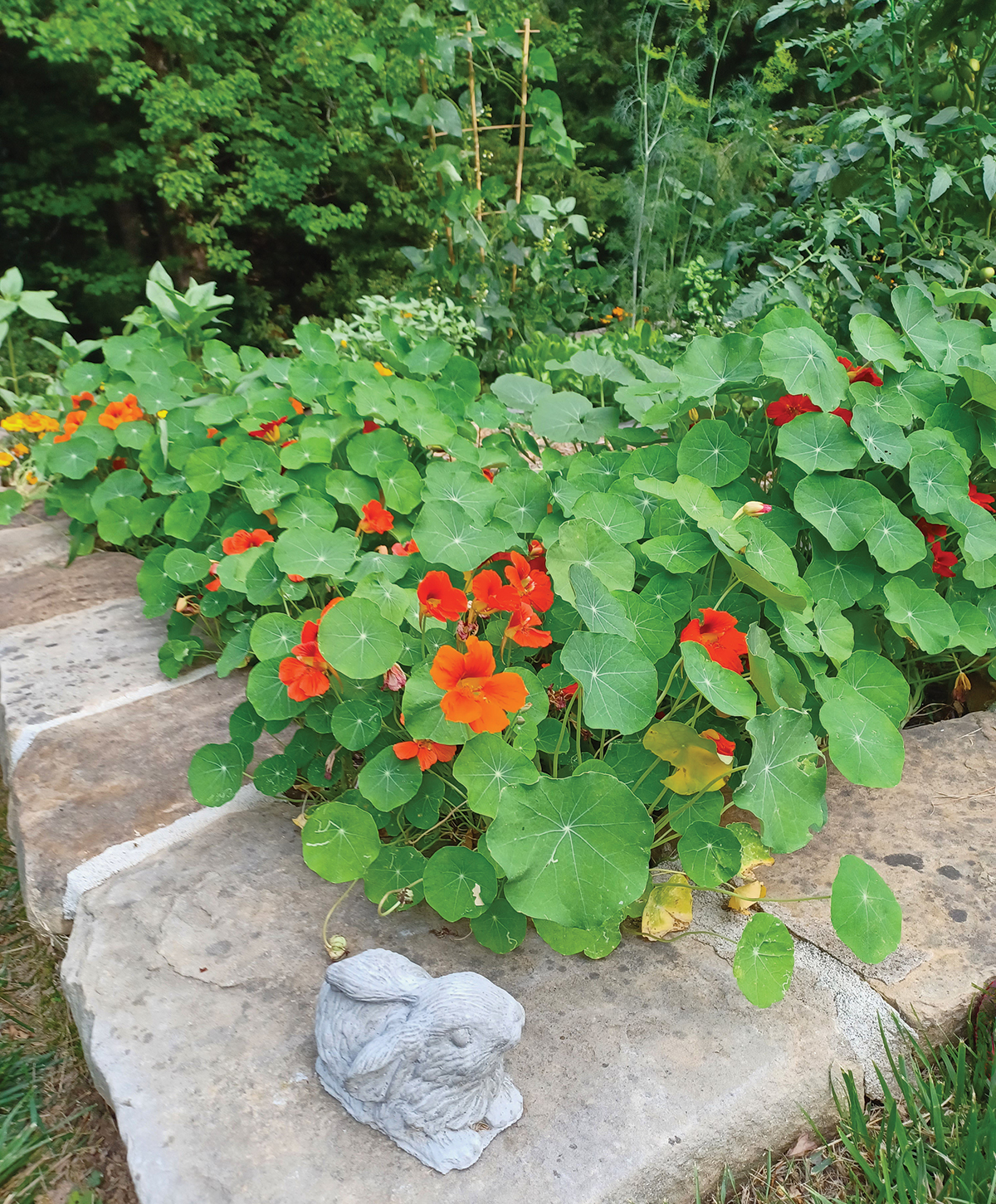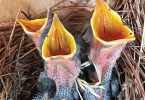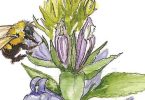“Everything is alive; everything is interconnected.” – Cicero
By Judith Canty Graves
All the plants in my garden plots are connected. They share a space and sometimes grow into each other. On a deeper level, they have characteristics that can be beneficial to each other. Companion planting, a practice that goes back thousands of years to ancient Greece and Rome, is a way to use these characteristics to enhance a garden. Native Americans also practiced companion planting with corn, beans and squash.
There are many examples of companion planting, but for this column I will describe how I use marigolds and nasturtiums to protect my vegetables. Every spring, I plant marigolds and nasturtiums around the borders of my two vegetable beds. While they are visually appealing, and produce flowers that attract pollinators, each provides a specific benefit to the other plants in the beds.

Photo by Judith Canty Graves
In the springtime, the scent of marigolds repels rabbits and other rodents that would otherwise be eating my tender lettuce, peas and herbs. There are several families of rabbits on my property, so this is no small service. I have observed rabbits approach my garden, then turn around and leave. I consider the marigolds to be the guardians of my garden!
Marigolds also discourage insect pests such as aphids, flea beetles and mosquitoes, so they are great companions for vegetables and even humans. This potentially reduces the need for pesticides you might use on your vegetables, but even better, makes organic gardening easier. If you regularly remove the spent marigold blooms, it encourages more flowers with that important marigold fragrance.
Nasturtiums offer a similar benefit. Their scent covers up the fragrance of other plants and keeps many destructive beetles and cut worms from finding my vegetables. Nasturtium scent also attracts aphids, keeping them away from the vegetables. In addition, the nectar in the nasturtium flowers encourages pollinators, always a good thing for any garden.
The cost of nasturtium seeds is reasonable. The large round seeds are easy to plant and typically germinate within ten days. I choose seeds that produce a variety of colorful flowers and large circular leaves. Planting marigold seedlings is bit more expensive than seeds, but for me it is worth it since the plants are already growing and producing flowers. Plus, this brings instant color to an early spring garden.
Both nasturtiums and marigolds can handle the summer heat. Of course, I water them when I can, but they seem to do well all summer even if I don’t have a chance to water. Both plants have a long growing season from spring through October, and even into November, until there is a killing frost.
Another aspect of planting marigolds and nasturtiums as companions for my other plants is that many of my vegetables and herbs are green, and having nasturtiums and marigolds in the beds adds an important visual accent of color at the beginning of spring, during the summer and when other plants die off in the fall. But their role as the guardians of my garden is what I most appreciate.
Judith Canty Graves is an award-winning columnist with a home garden in Asheville. Follow @TheObservantGardener on Instagram to see new garden photos daily.






